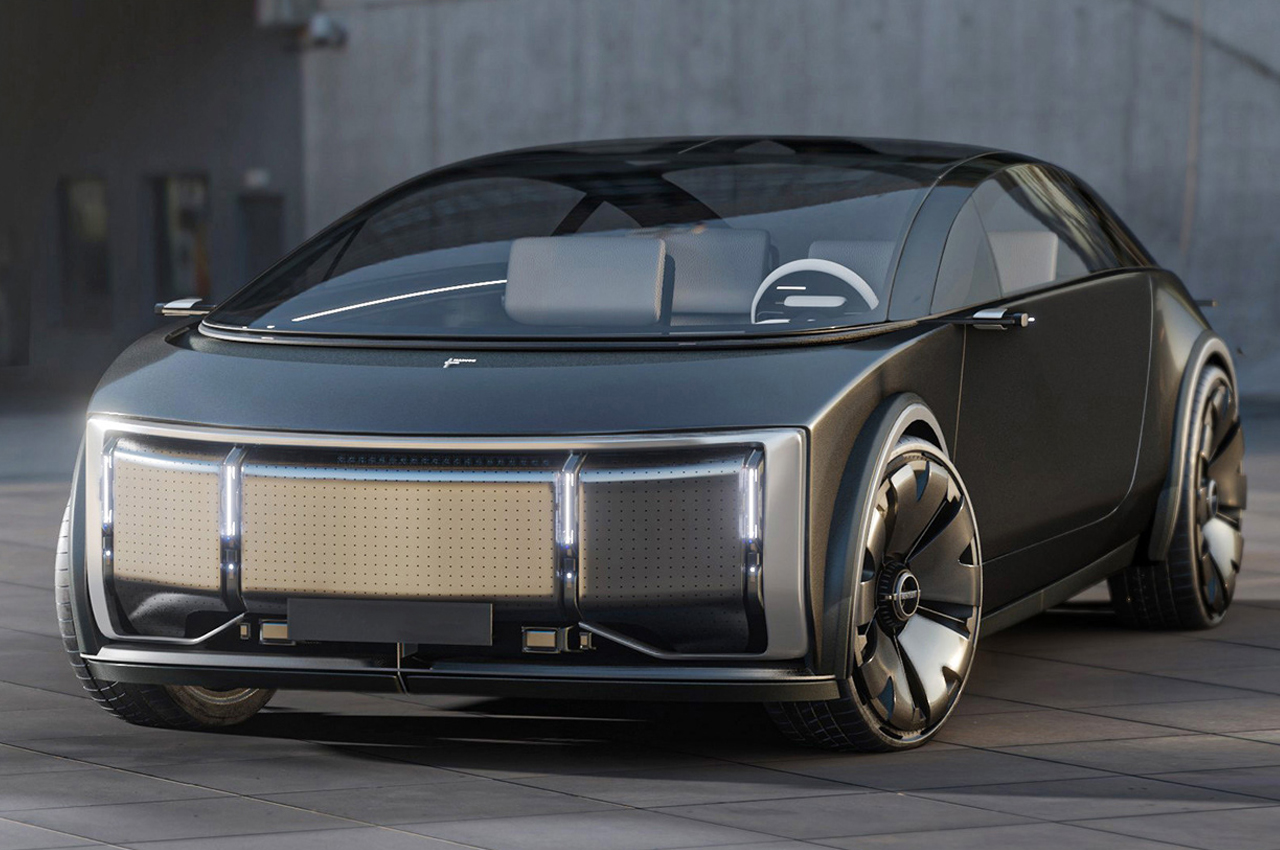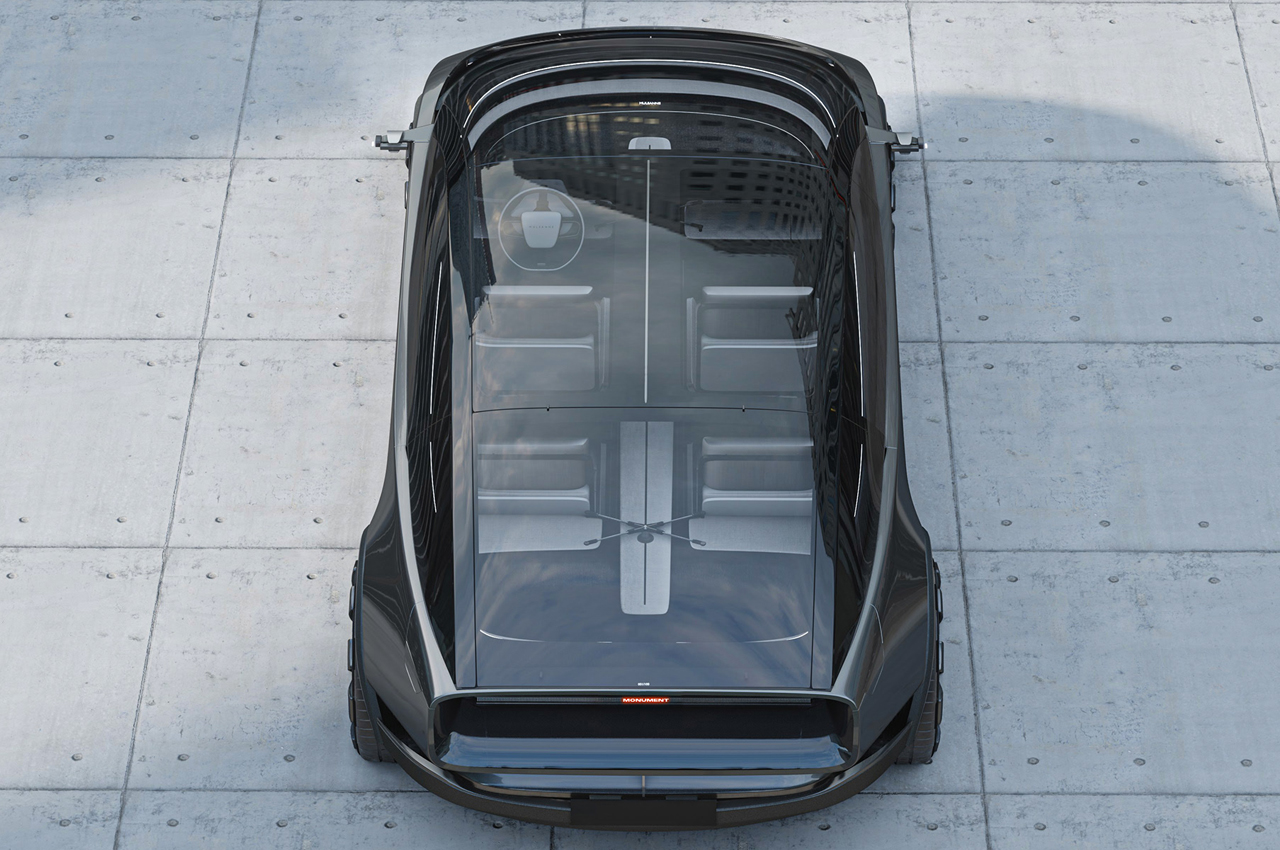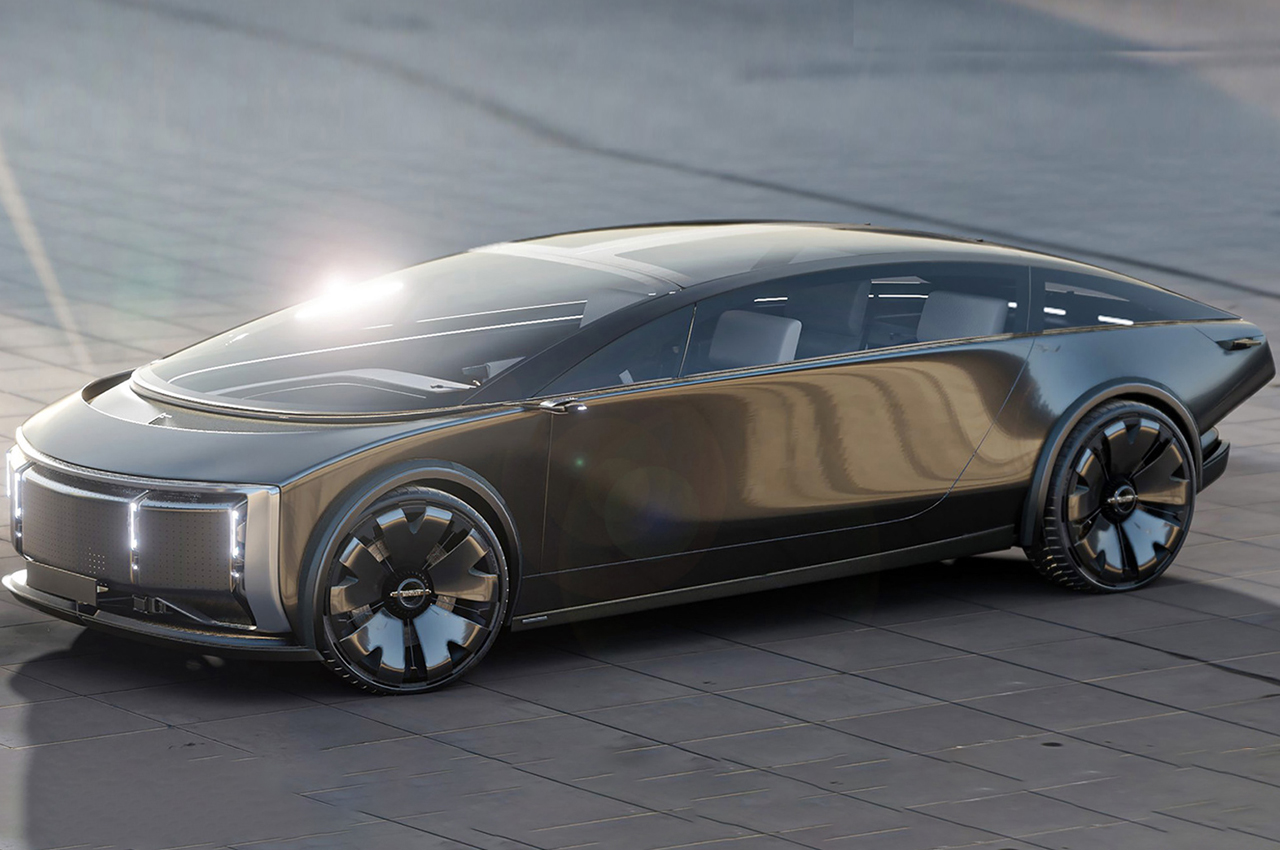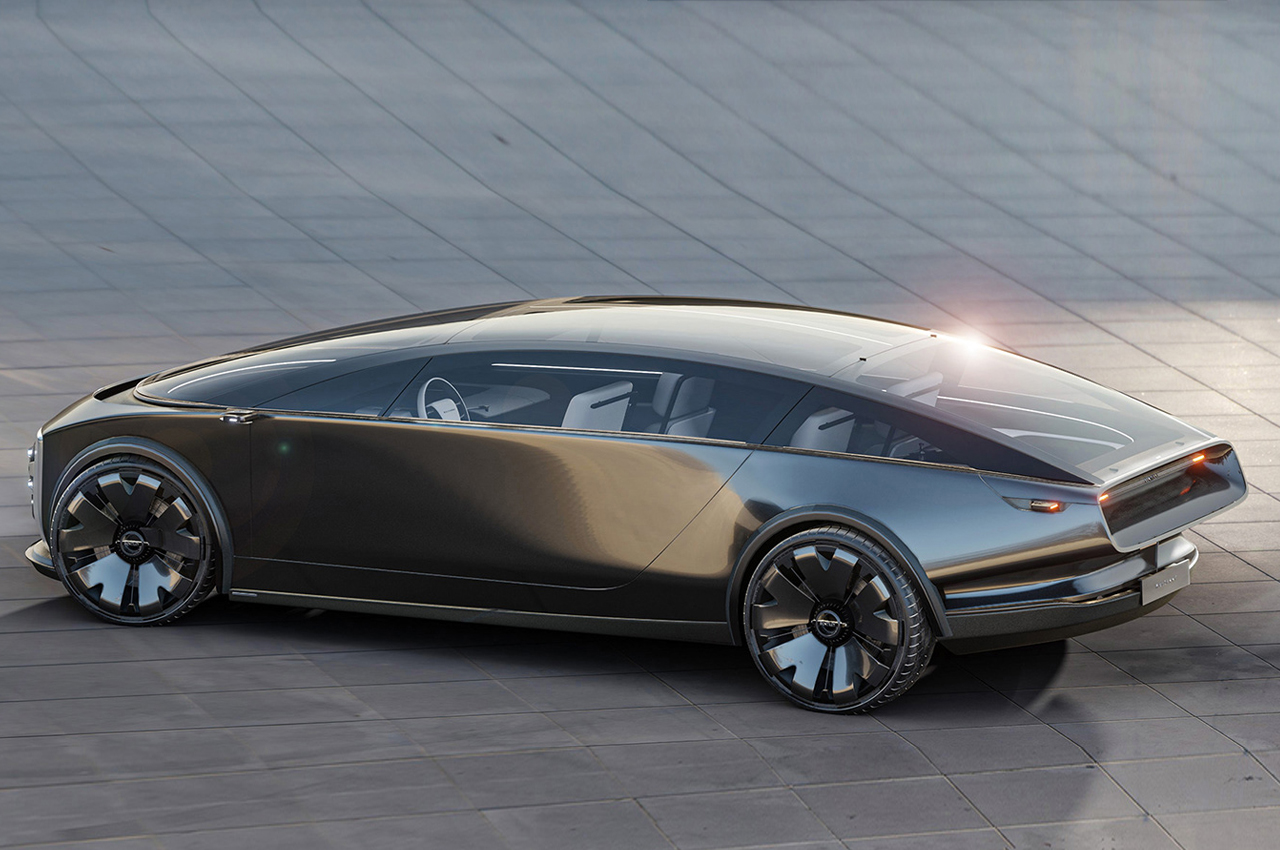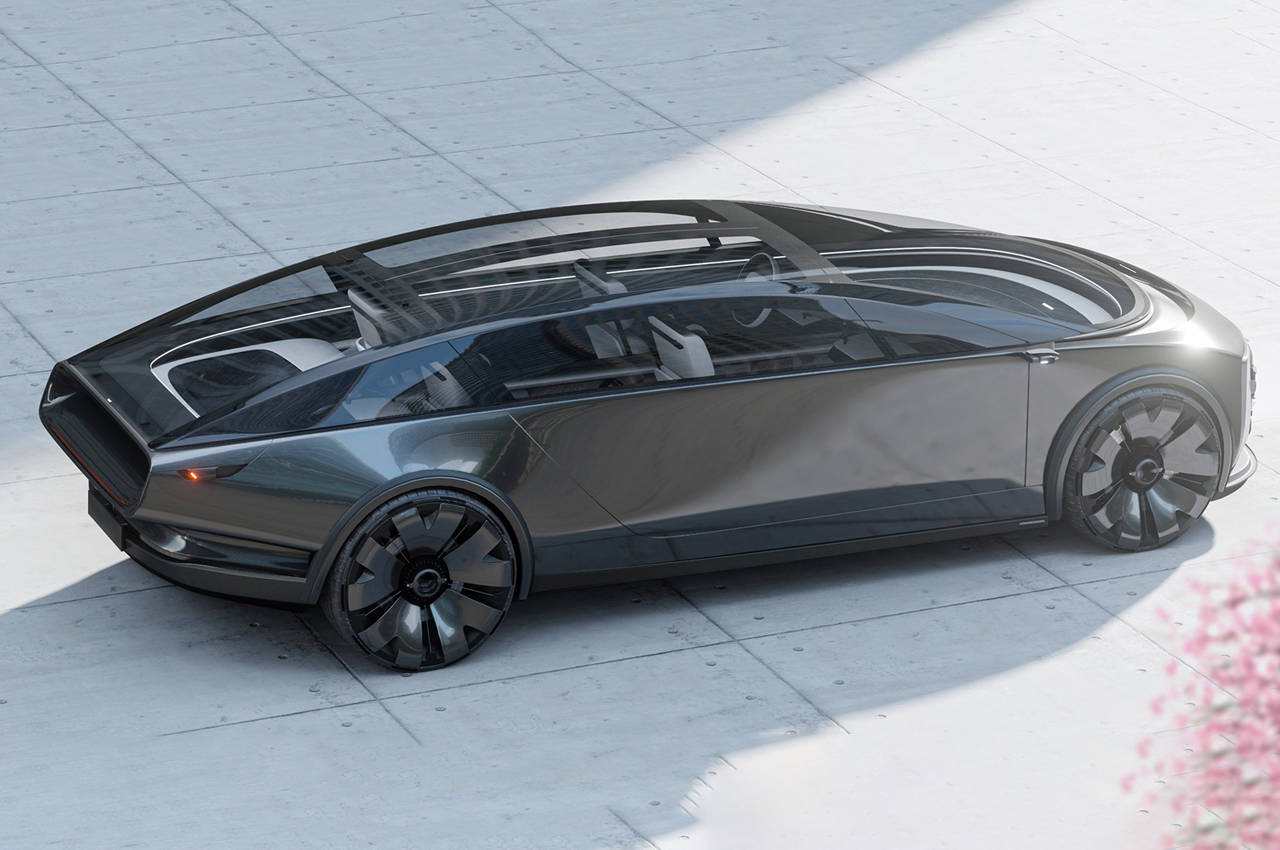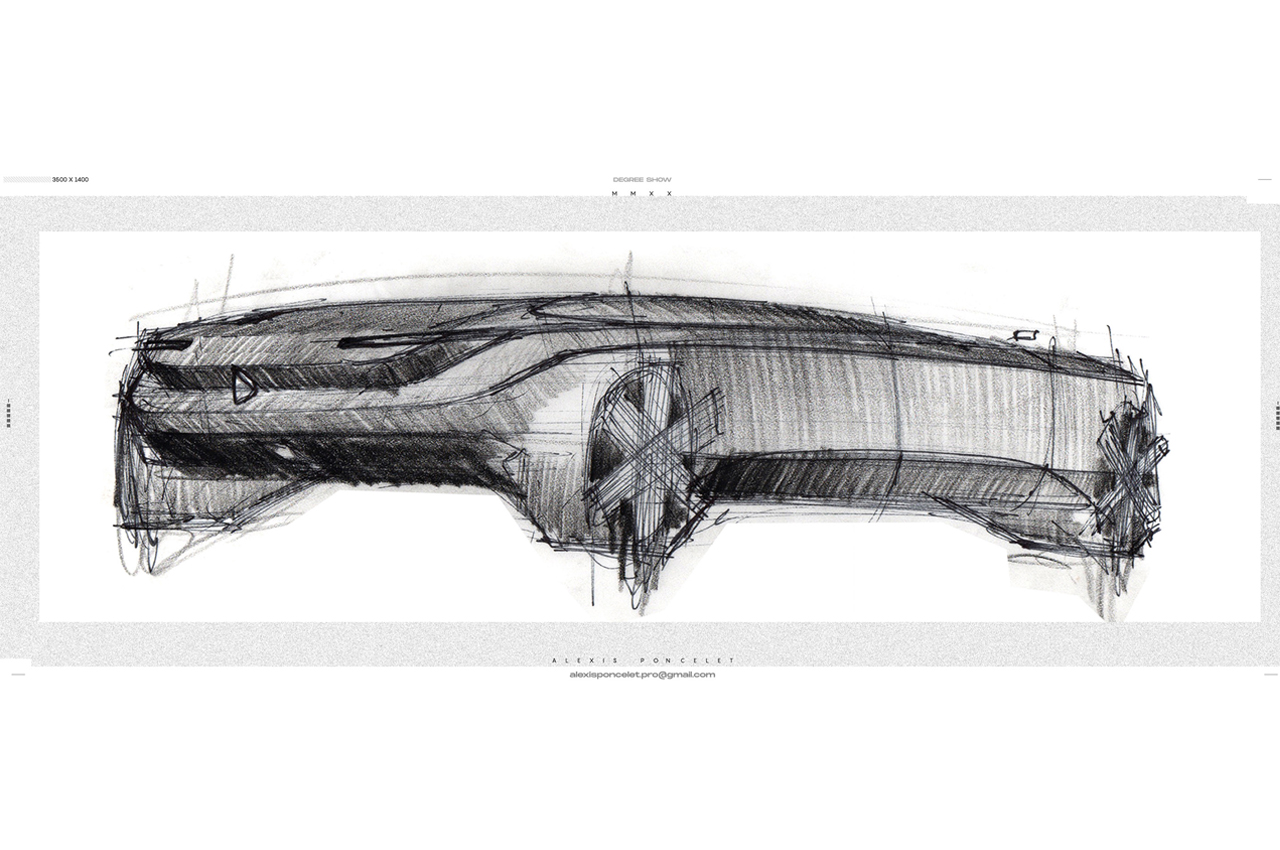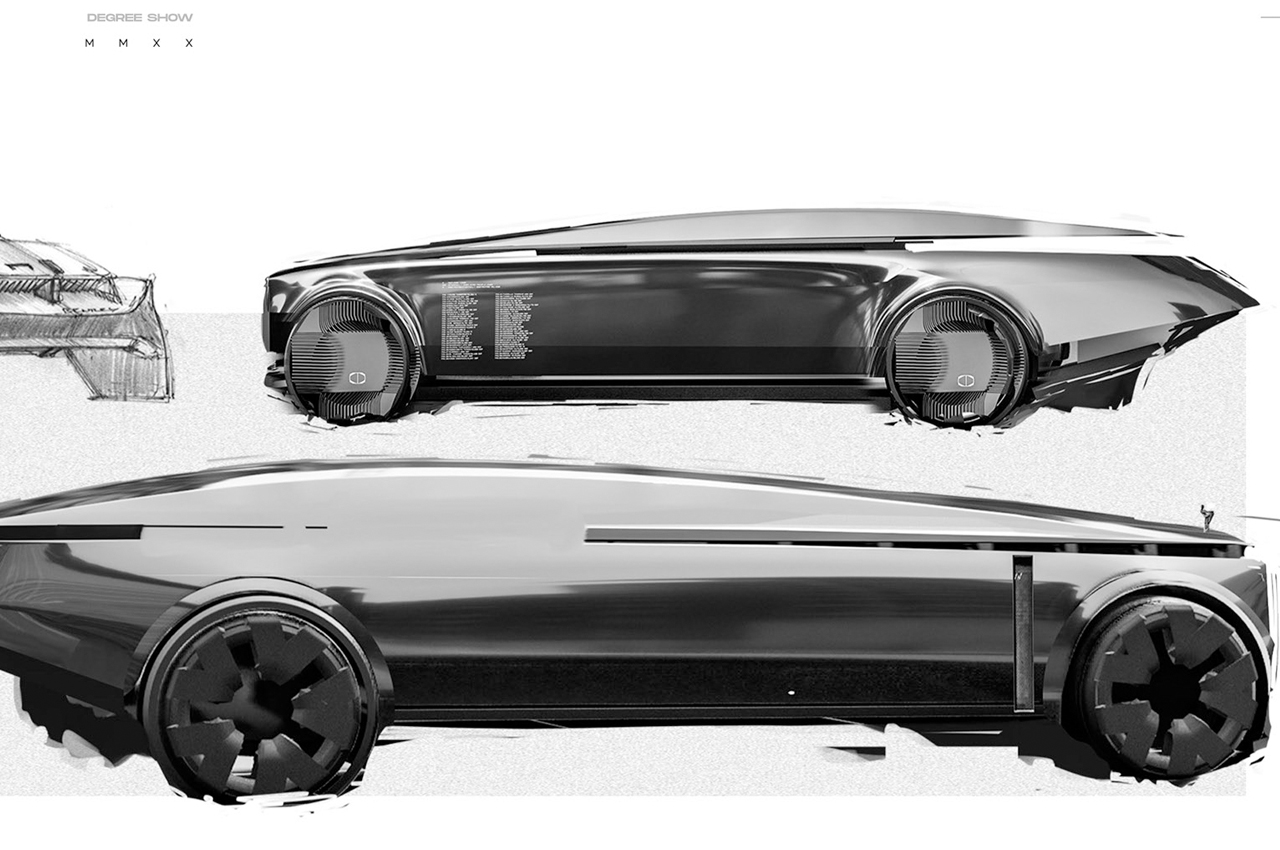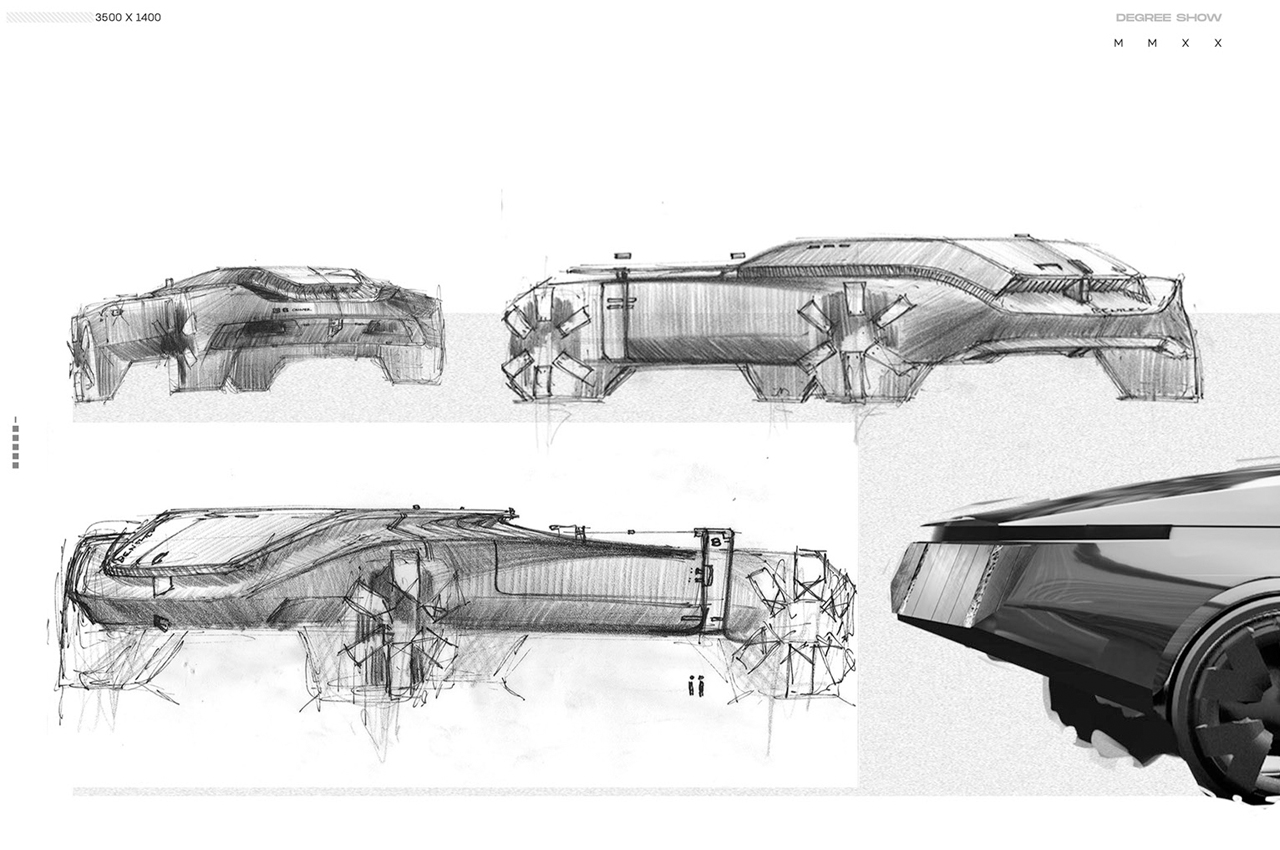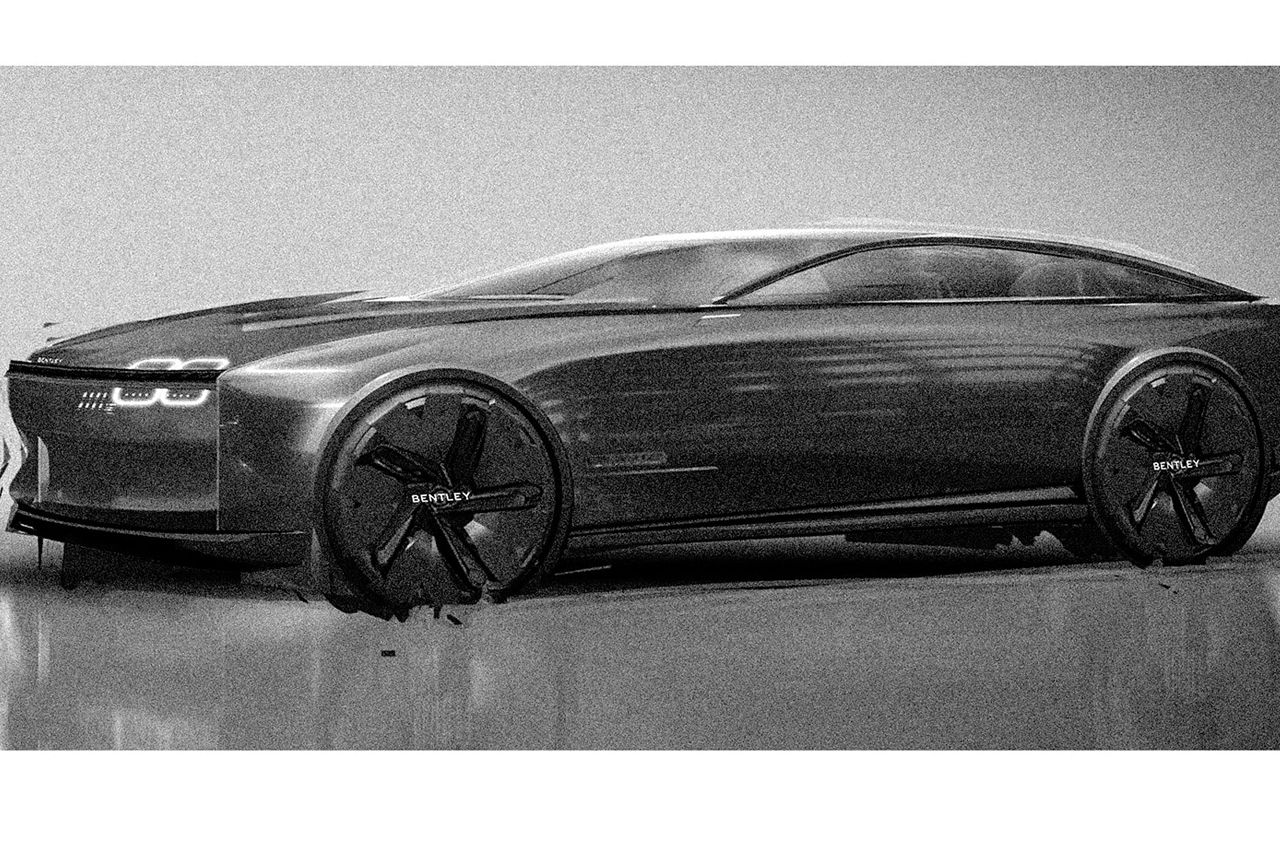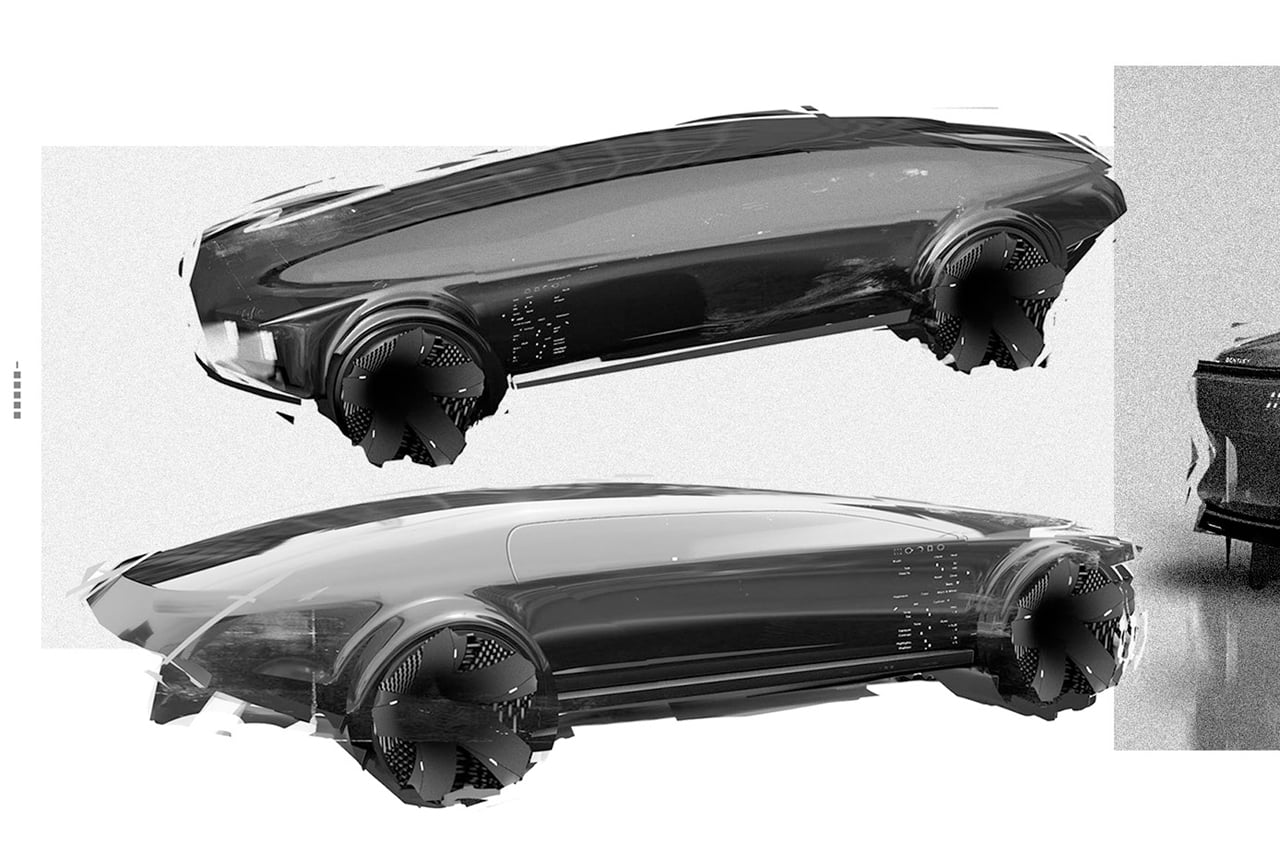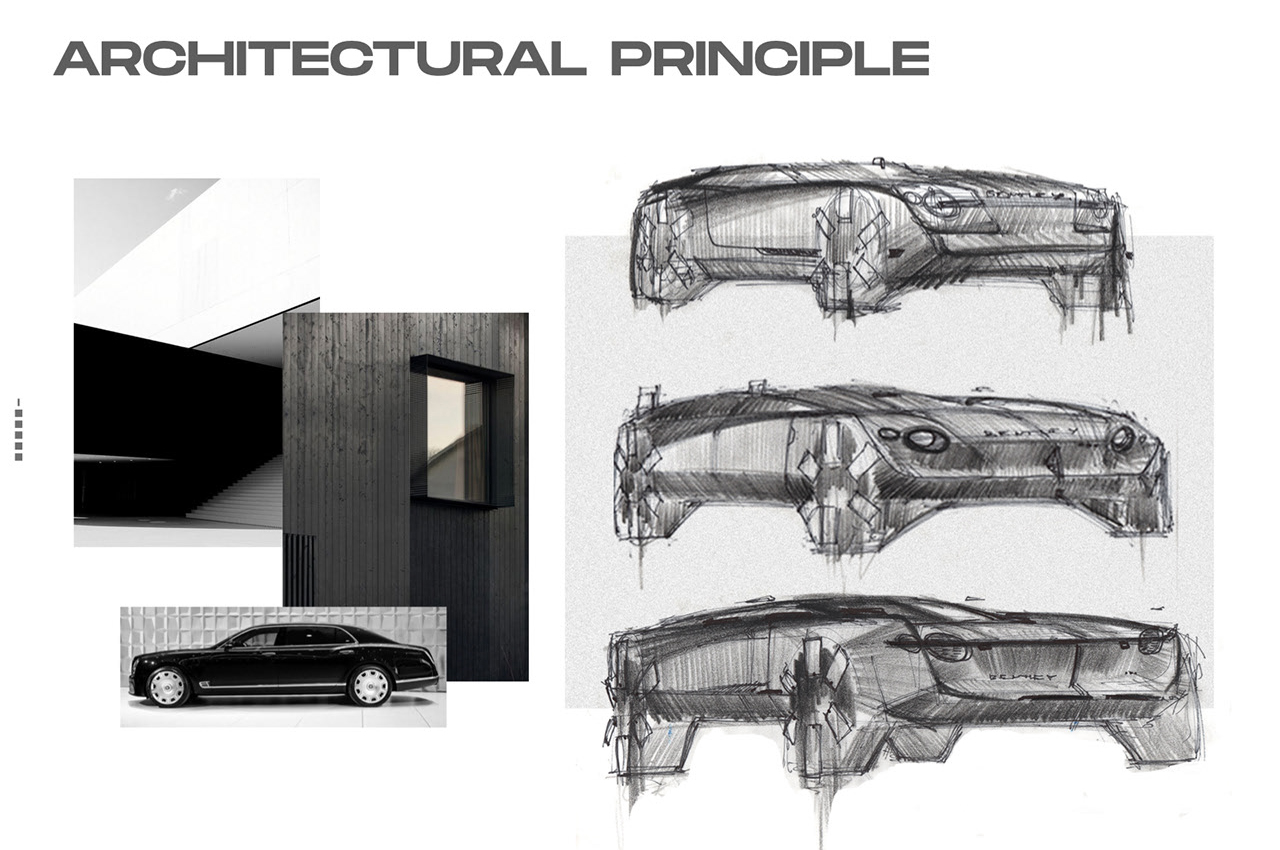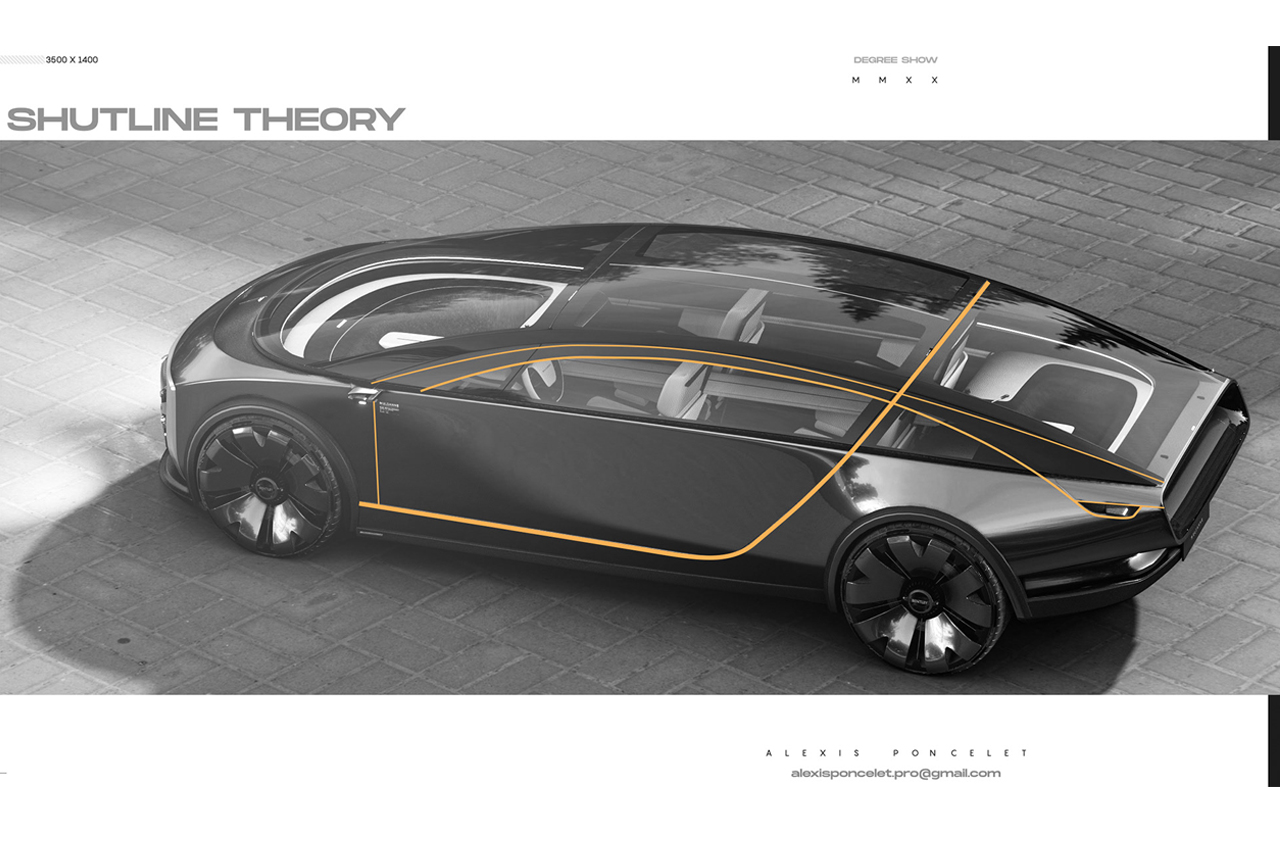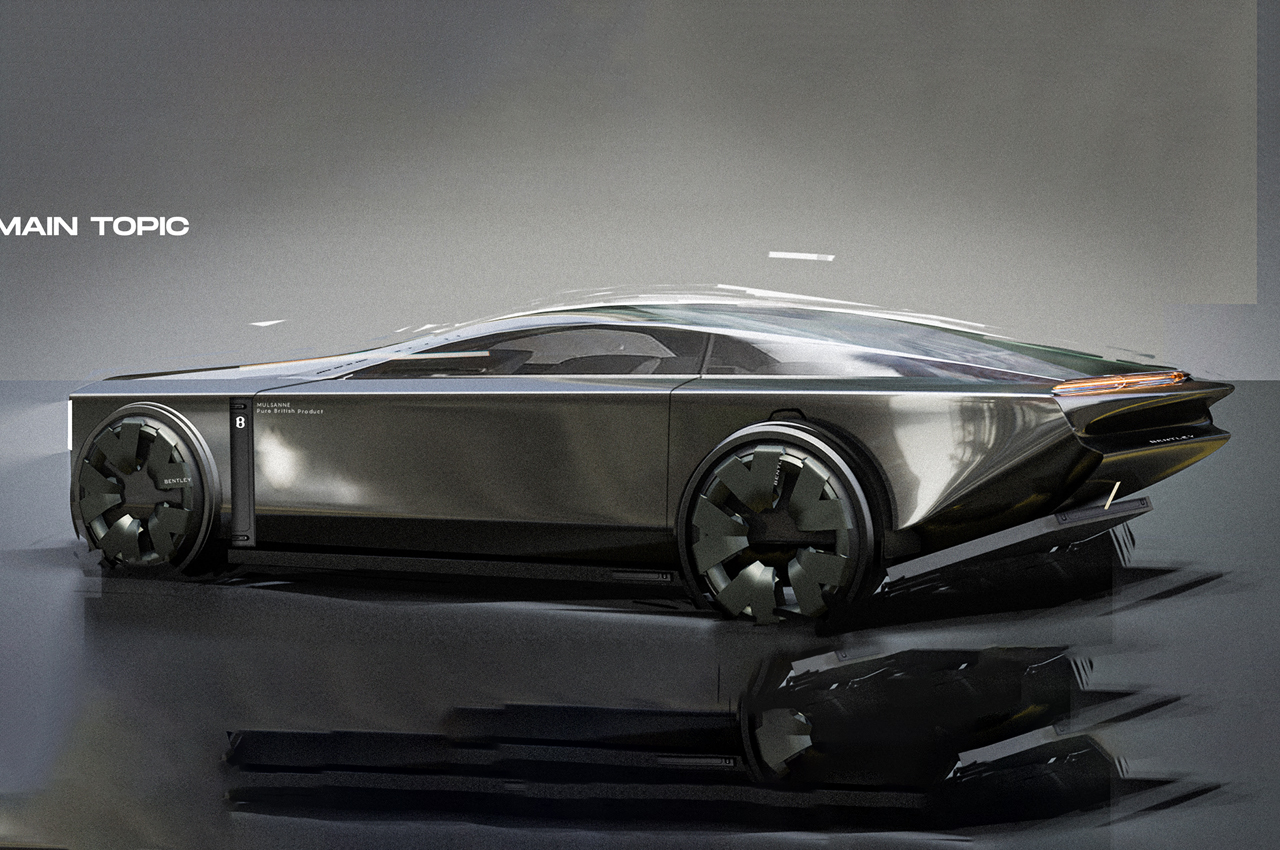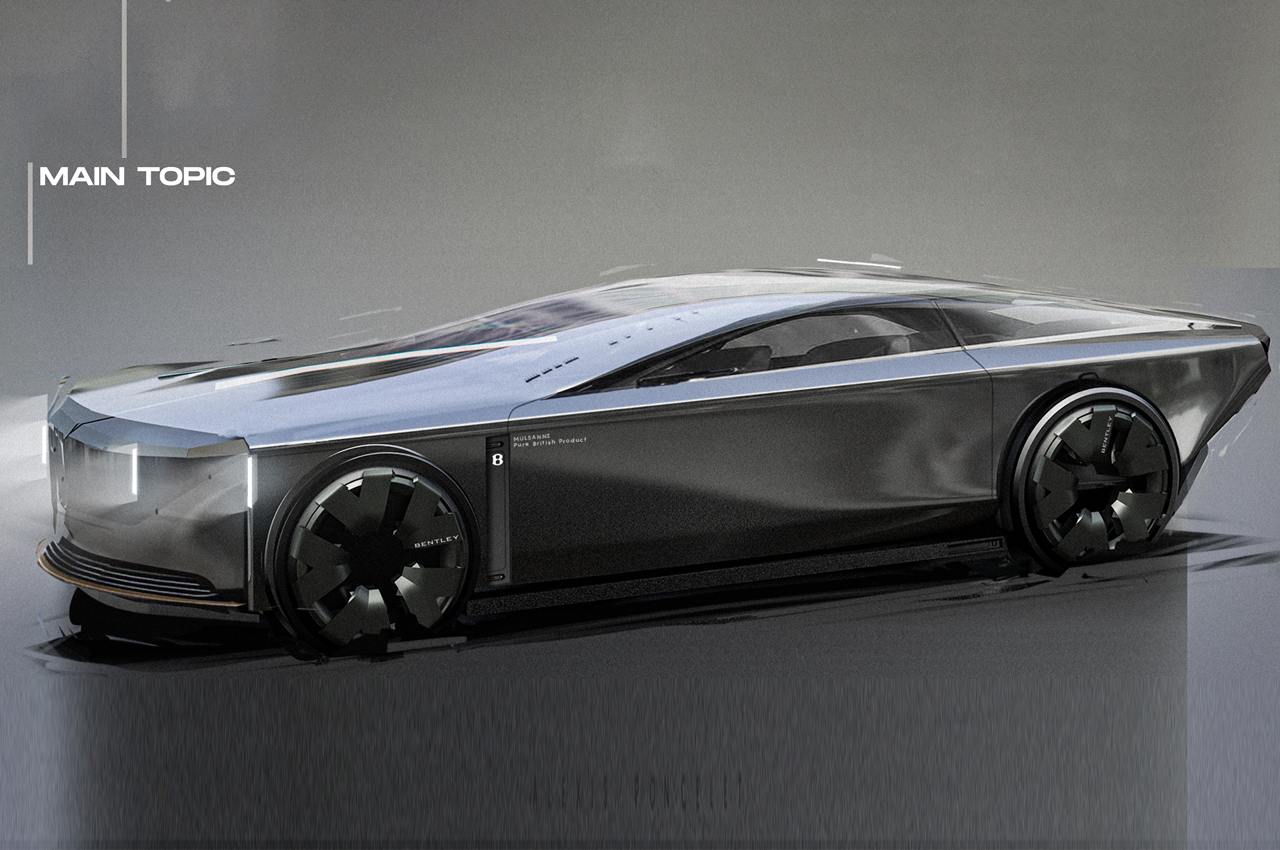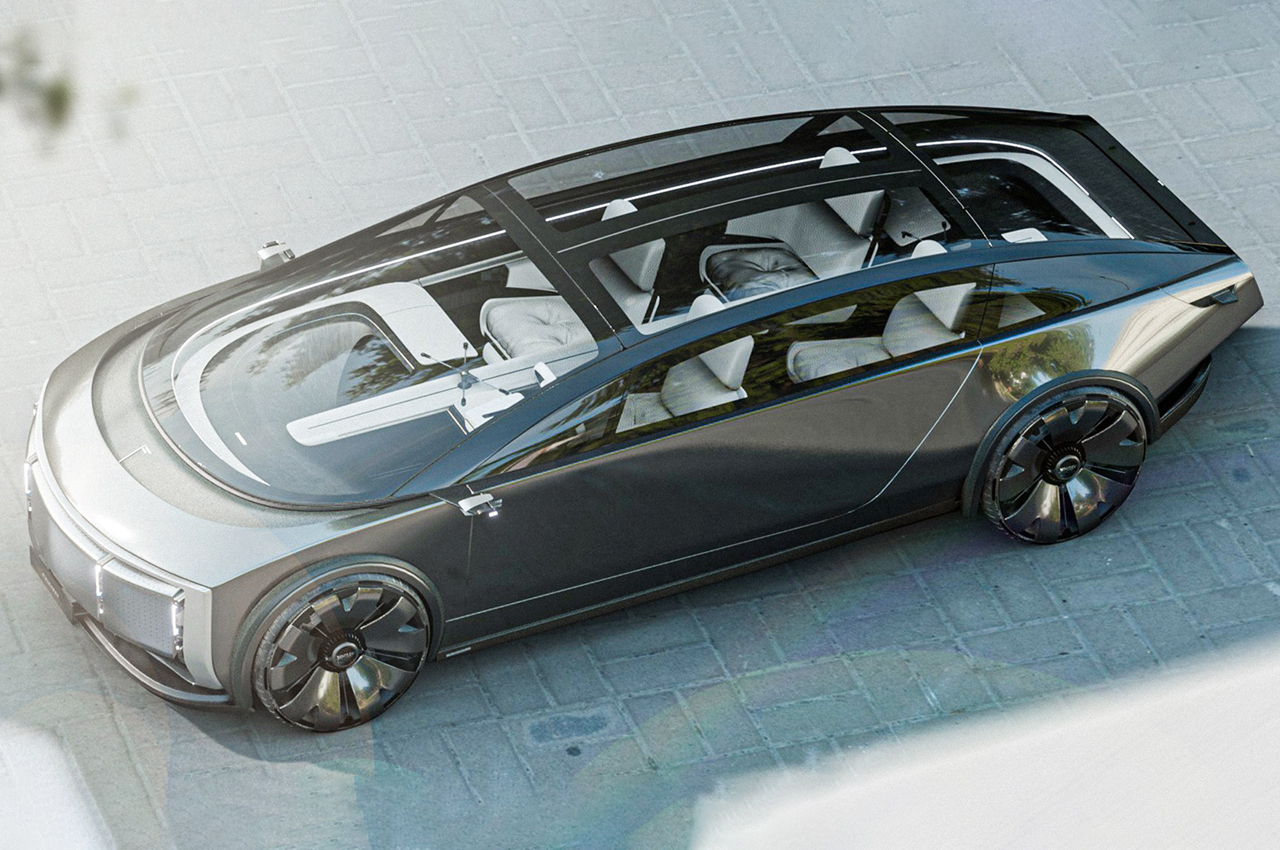Bentley prides itself on being one of the few manufacturers who make their cars by hand. But you probably already know that. Can you imagine what your future customers can expect? Bentley plans to switch to plug-in hybrids and battery electric vehicles in five years. And finally, to switch to battery electrics only by 2030. All of this will be done while combining stunning design, exceptional craftsmanship and exciting performance, in keeping with their centuries-old corporate policy.
As Bentley gets into new winds, the British brand will face new challenges in order to preserve its design legacy. It currently uses aluminum for its body panels, which are carefully handcrafted. And so the new materials will bring new challenges with them. But we’re here to see what a future Bentley will look like. Let Bentley’s experts figure out the technical details of the manufacturing process. The concept behind this design called Monument is to rethink what constitutes an expensive automotive product. These customers expect something unconventional, prestige and of course the highest luxury positioning on the market from this brand. This is the reinterpretation of what a British sedan could be, a more relevant transition from the classic tri-box segment to a new autonomous shuttle architecture.
With the development of the luxury automobile market, we got rid of the cheesy elements. Chrome seems more flashy than expensive. Complex patterns created to justify the high price will no longer be needed in the future. Bentley is already a zero emissions company at its Crewe facility and plans to be consistently carbon neutral by 2020. However, the manufacture of the new type of vehicle will present several challenges. With large surfaces, fewer parts, and the ability to tackle greenhouse gas emissions, this car becomes a mechanical gem. Aesthetically, this is supported by the accentuated design lines.
The rear of the car is designed as a flat cutout for aero efficiency. This ensures a greater range on a single charge. The designer of this concept, Alexis Poncelet, doesn’t seem to believe that the red LED strips will outlive future trends. In the monument, the rear light module acts as an indicator that follows the braking intensity. This is in line with his semi-autonomous skills and will help communicate with other cars on the road in a smart and elegant way. Honestly, these lights are the coolest things I’ve seen in a long time.
Monument’s DNA is a dense and ghostly mass that fuses walls and curvatures. The traditional shoulder theme is translated into an evolving side reflection that, like a limousine, steers the entire crowd around the rear passengers. In its element, the Monument reworks how our version of an iconic car should look, taking all the class and elegance of a sedan while giving it a futuristic look that suits it
Designer: Alexis Poncelet
